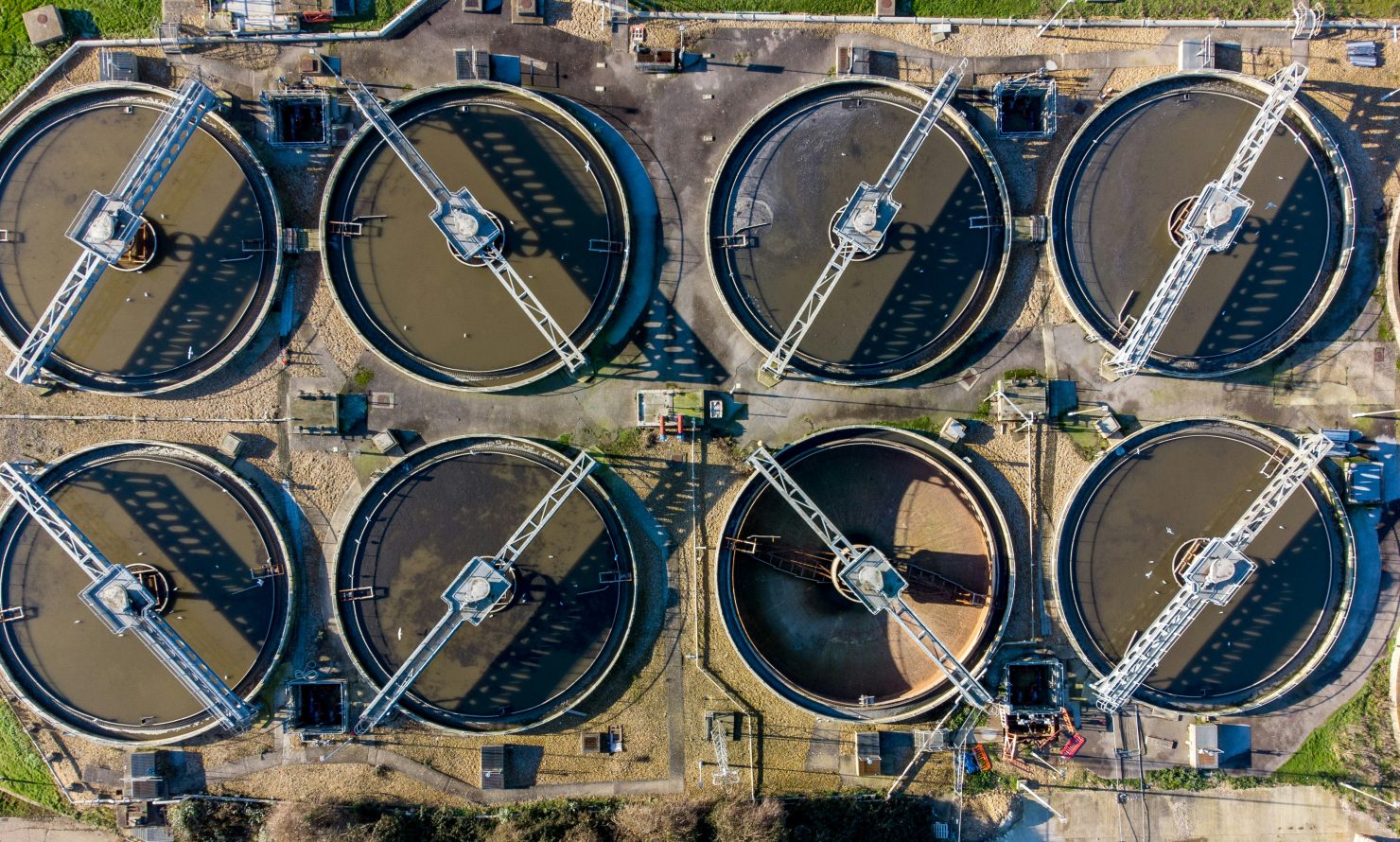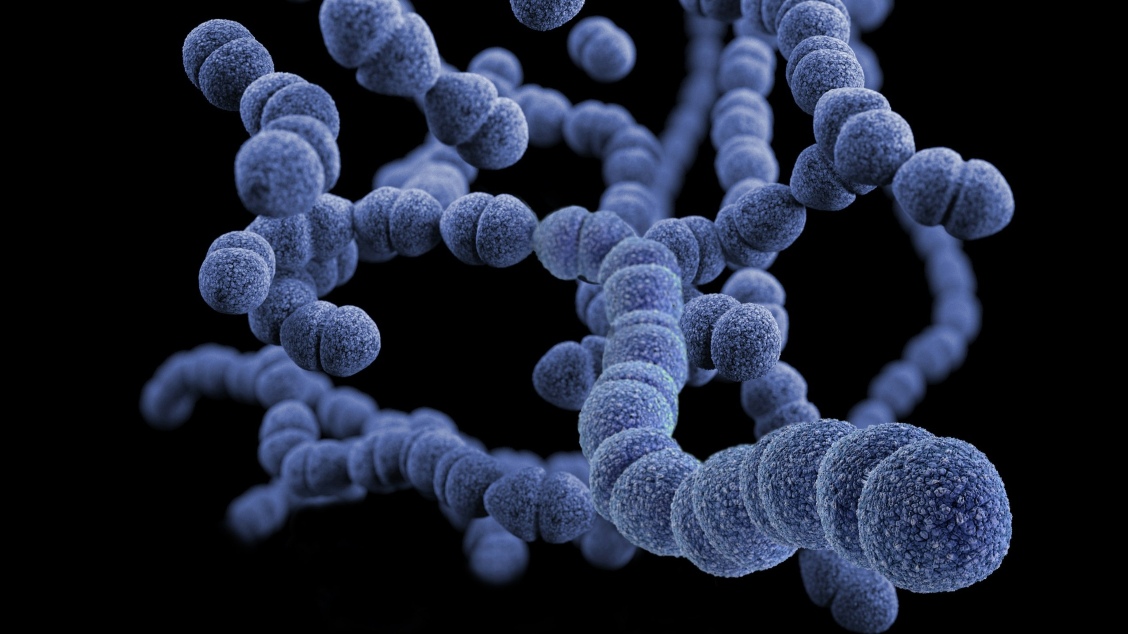
Insights from MDPI Top Pick Articles: June 2025
In this roundup of MDPI Top Pick Open Access articles from the month of June, we have a look at a new model that predicts road weather forecasts in Norway to improve the safety of drivers, explore how a method called ozonation can eliminate chemical water pollutants, and see the best way of grading surgical procedures for retroperitoneal sarcoma. We also see a novel way of improving the stability of D-LSD, a highly photoreactive drug that could be a potential treatment for patients with alcohol use disorder.
Feature Paper
pH-Dependent Ozonation of Diclofenac: Molecular Insights and Implications for Water Quality and Nature-Based Water Reuse Systems
Published in Clean Technologies
Water quality and water sanitation are exceptionally critical to global health. Toxic components contaminating water supplies pose a severe health risk and can also be detrimental to natural ecosystems. Some of these contaminants in the past have included dangerous pathogens, causing diseases like cholera, typhoid and polio. However, more recently, contaminated water has included chemical pollutants, such as arsenic, lead, and forever chemicals known as PFAs.

Furthermore, commonly used and consumed medicines have also been found to contaminate water supplies, such as diclofenac (commonly known as Voltaren), which is a type of non-steroidal anti-inflammatory drug. It is usually used to treat swelling, pain and symptoms of arthritis. A study published in the Open Access journal Clean Technologies explains how diclofenac poses a significant risk to aquatic ecosystems due to its persistence in water supplies and high levels of toxicity.
They describe a process called ozonation to degrade declofenac, and how the process is highly dependent on the pH status. The results of the study showed that optimal and specific degradation of diclofenac was observed under acidic to neutral conditions. The study, therefore, highlights the importance of pH regulation. The process of ozonation works by dissolving ozone in water, which then breaks down pollutants, such as diclofenac. No further chemical pollutants are required for the process, hence making it a highly efficient strategy for the removal of pollutants, specifically diclofenac.
Understanding the optimal processes for efficient wastewater treatment is critical not only for human health but also for the preservation of the aquatic and natural ecosystems.
Stability-Guided Formulation of a Light-Sensitive D-LSD Capsule for Clinical Investigation
Published in Pharmaceutics
In an article published in Pharmaceutics, researchers look at the stability of D-lysergic acid diethylamide (D-LSD) for use as a potential treatment for alcohol use disorder (AUD). AUD affects millions of people worldwide, according to the World Health Organization, and is a major health concern.
D-LSD is extremely light-sensitive, which makes it challenging to perform experimental research and clinical trials on the safety and effectiveness of the drug. As part of the study, the authors developed a new formulation for D-LSD and an analytical strategy to investigate the photostability of the drug. This included usage of methods such as: liquid chromatography, ion mobility spectrometry and mass spectrometry, followed by specific quantum chemical and time-dependent calculations to determine the stability of the drug and the organisation of photodegradation products.
The study presented the development of a non-aquous liquid-filled capsule, which prevented the formation of degradation products, promoting the drug’s photostability. This new development can be highly advantageous for further research on D-LSD, and eventual use in clinical trials for people struggling with AUD.
Textbook Outcomes for Retroperitoneal Sarcoma Resection: A Multi-Centre Review
Published in Current Oncology.
Retroperitoneal sarcoma is a type of rare cancer of the retroperitoneum. This is the area deep within the abdominal cavity, near vital organs such as the kidneys, pancreas and bladder. Current treatment of this type of cancer encompasses complete surgical removal of the sarcoma, otherwise known as surgical resection. An Open Access study published in Current Oncology analyses this type of curative treatment in 144 patients compared to textbook outcomes and predictors of the outcomes. Textbook outcomes is a measure which is used to assess the quality of surgical practice and procedures.
In the study, the authors highlight that textbook outcomes could be used as efficient measures of patient outcomes in those treated with surgical resection, with the outcomes associated with higher disease-free survival and overall survival.
Road weather forecasts in Norway with the METRo model
Published in Meteorology
Accurate weather forecasting has become an essential spect for the normal functioning of society. For example, it is important to ensure that warnings can be alerted to the public in case of severe weather, making sure people are better equipped. Furthermore, weather forecasting is key for air travel, predicting flight times, routes and delay times. Additionally, road weather forecasting is a type of specified weather forecasting that predicts the weather exclusively on road highways and networks.

Road weather is more complex and differs from general weather conditions due to the unique environment of roads and their composition. For example, asphalt roads absorb heat more quickly than the air; therefore, the temperatures are usually higher compared to the general forecasted temperature for that area. Road forecasts are highly useful information on visibility, wind, precipitation and determining how safe the roads are for driving, especially during winter months when ice, fog and high levels of precipitation can increase the safety risk for drivers.
The Open Access study published in Meteorology describes the successful development of a model called the METRo model to predict accurate road forecasts in Norway. Researchers explain how the model uses open-source information obtained from stations of the Norwegian Road Authority and from the Norwegian Meteorological Institute.
The model accounts for conditions such as wind, near-surface temperature, the ability to distinguish between freezing and non-freezing road surface and dew point – this is the temperature at which water turns into vapour, forming mist or fog in the air. Hence, this information can be vital for the safety of drivers. The authors mention how the model can be easily applied at an operational level, as it uses open-source information from local stations. Further refinement of the model is required to obtain optimal and accurate weather forecast predictions.










